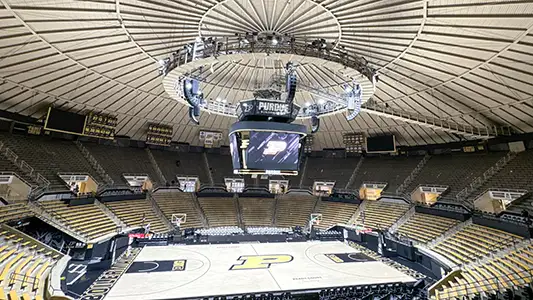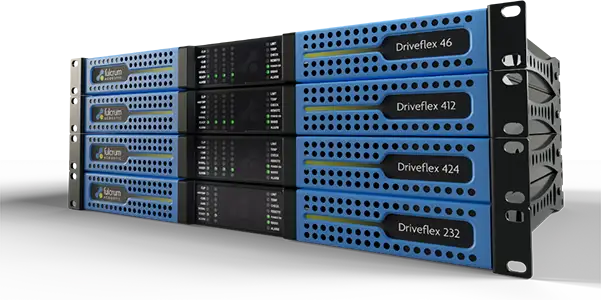Sound that inspires.
Solutions that deliver.
We’re obsessive about fitting sound to spaces for extraordinary experiences. Solutions designed for performance and inspiration, across any kind of venue.

Loudspeakers. DSP. Immersive.
We make what moves audiences:
Custom-tuned DSP algorithms powering fine-tuned control.
Our proprietary algorithms drive voicing, immersive processing, and system behavior, giving you smarter control, faster tuning, and better sound from every component and corner of your space.
Loudspeakers crafted for extraordinary precision.
Built by legendary audio pros who know how sound works in the real world. Purpose-built, powerful systems with premium voicing, precision pattern control, and proven reliability, designed to outperform and outlast.
Immersive audio,
tuned to every seat.
Immersive solutions transform spaces. Cleaner coverage. Creative acoustics. Object-based mixing, active acoustics, and active bass control. It’s hardware and software crafted to control sound that’s felt, not just heard, from everywhere in your venue.

Featured picks
What powers our innovations?

Intro to Fulcrum One Software

Get a basic overview of our Fulcrum One software, the all-in-one design, simulation, and control software for our loudspeakers and immersive systems.
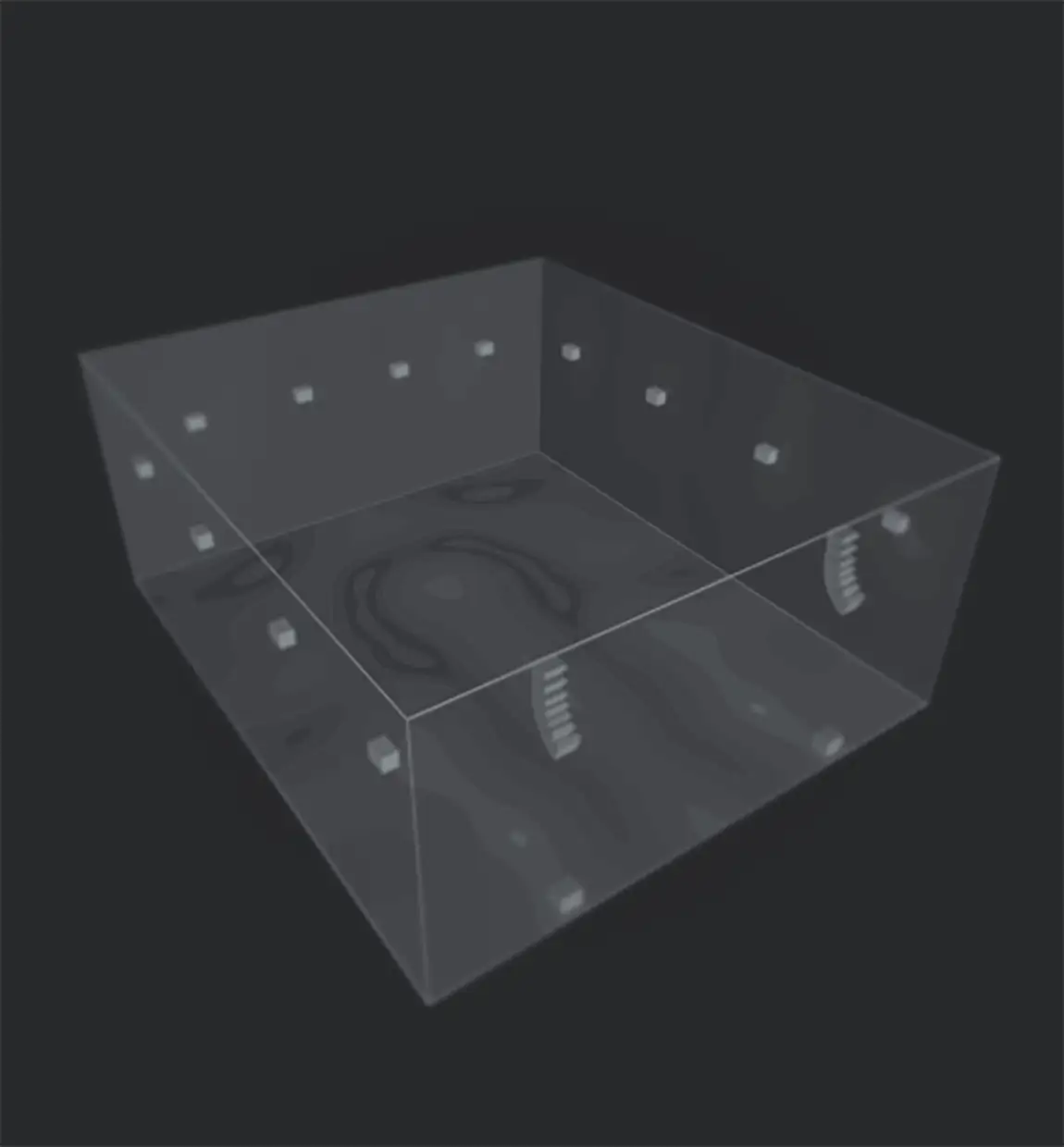
Active Bass Control Explained

Learn more about the technologies behind our Venueflex processors, which correct for common low-frequency challenges in rooms like the appearance of power alleys and coverage nulls.
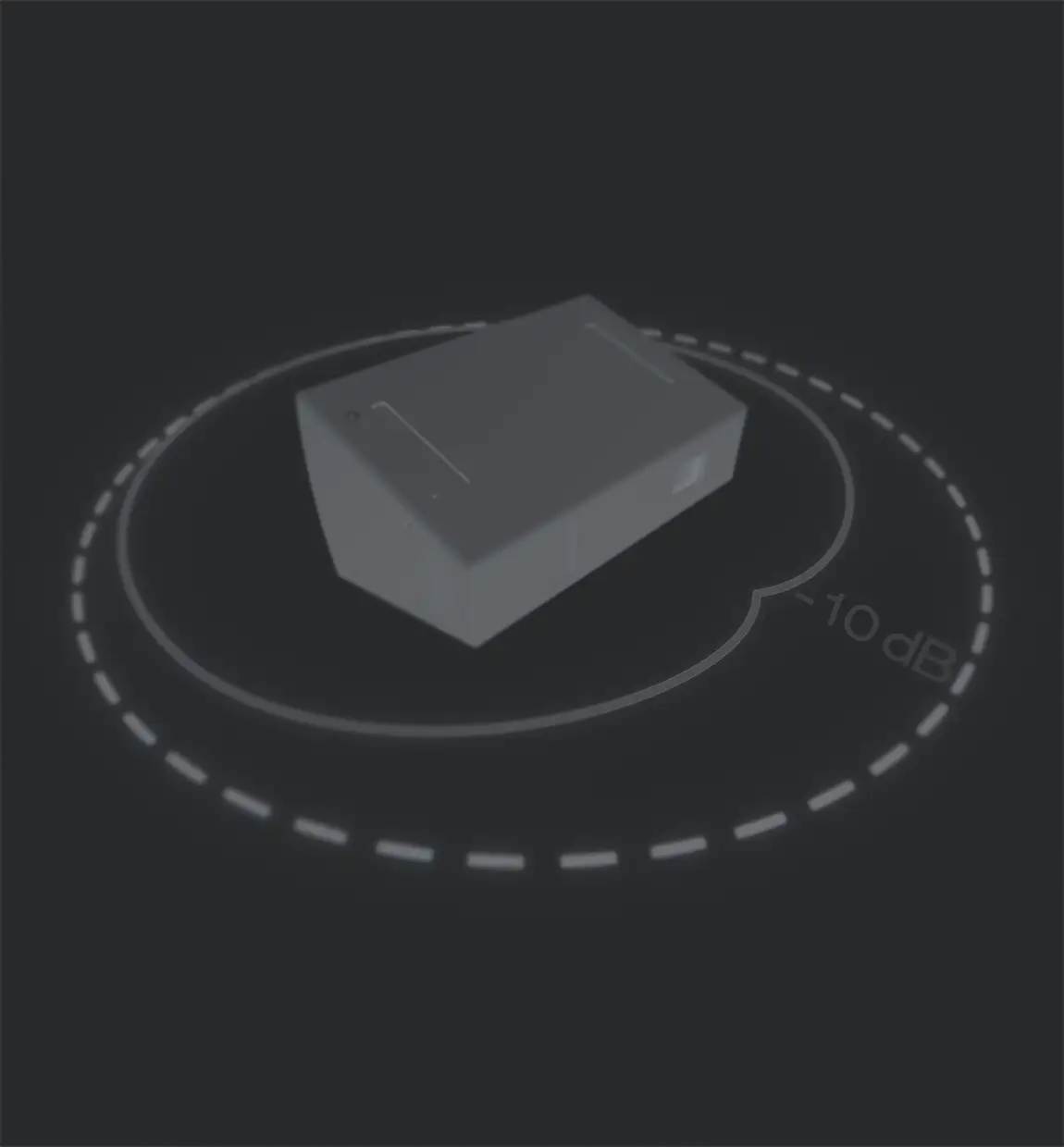
A Closer Look at Passive Cardioid TechnologyTM

Fulcrum's David Gunness outlines the benefits of applications for the proprietary technology at the heart of our speakers.

Fulcrum One: All-in-one design,
simulation, and control software.

Plan and arrange your speakers, acoustical treatments, and immersive components in 3D.
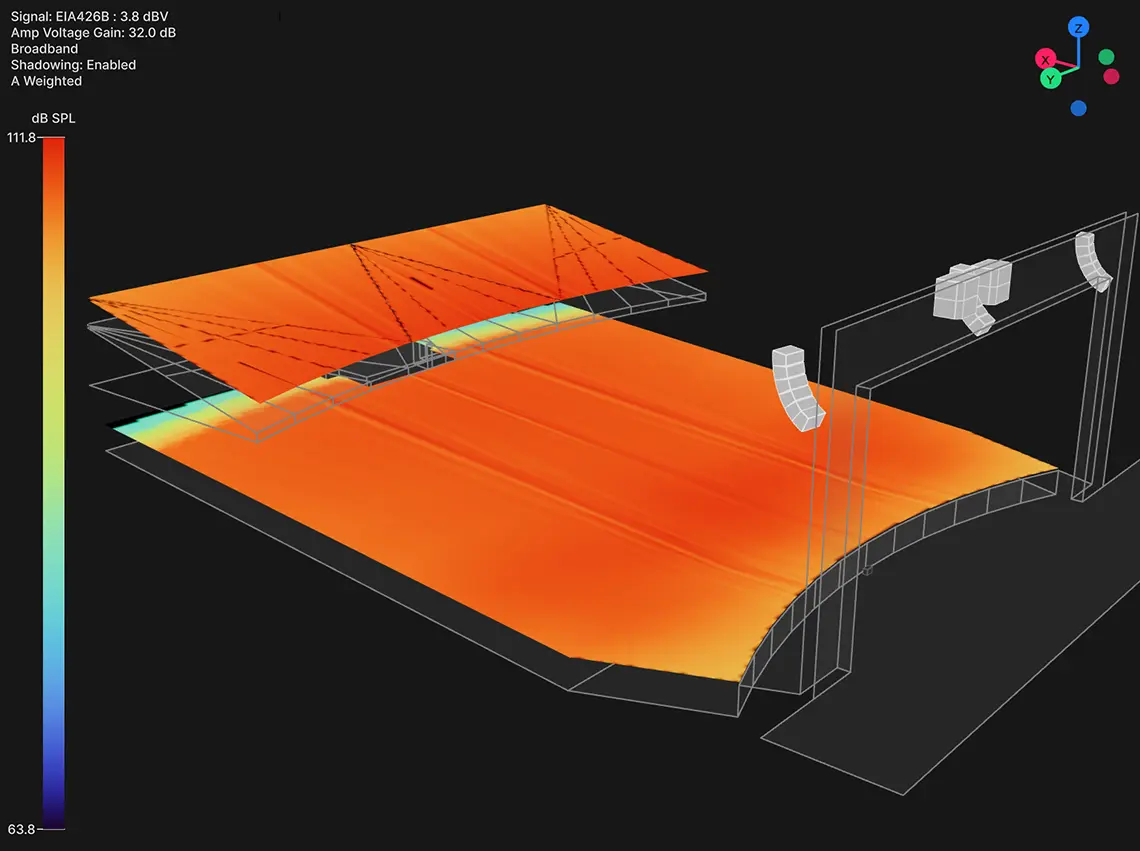
Predict how your sound system will behave in different configurations and acoustical conditions.

Manage immersive tools, loudspeaker processing, speaker arrays, adaptive steering, and other components seamlessly from a centralized interface.





